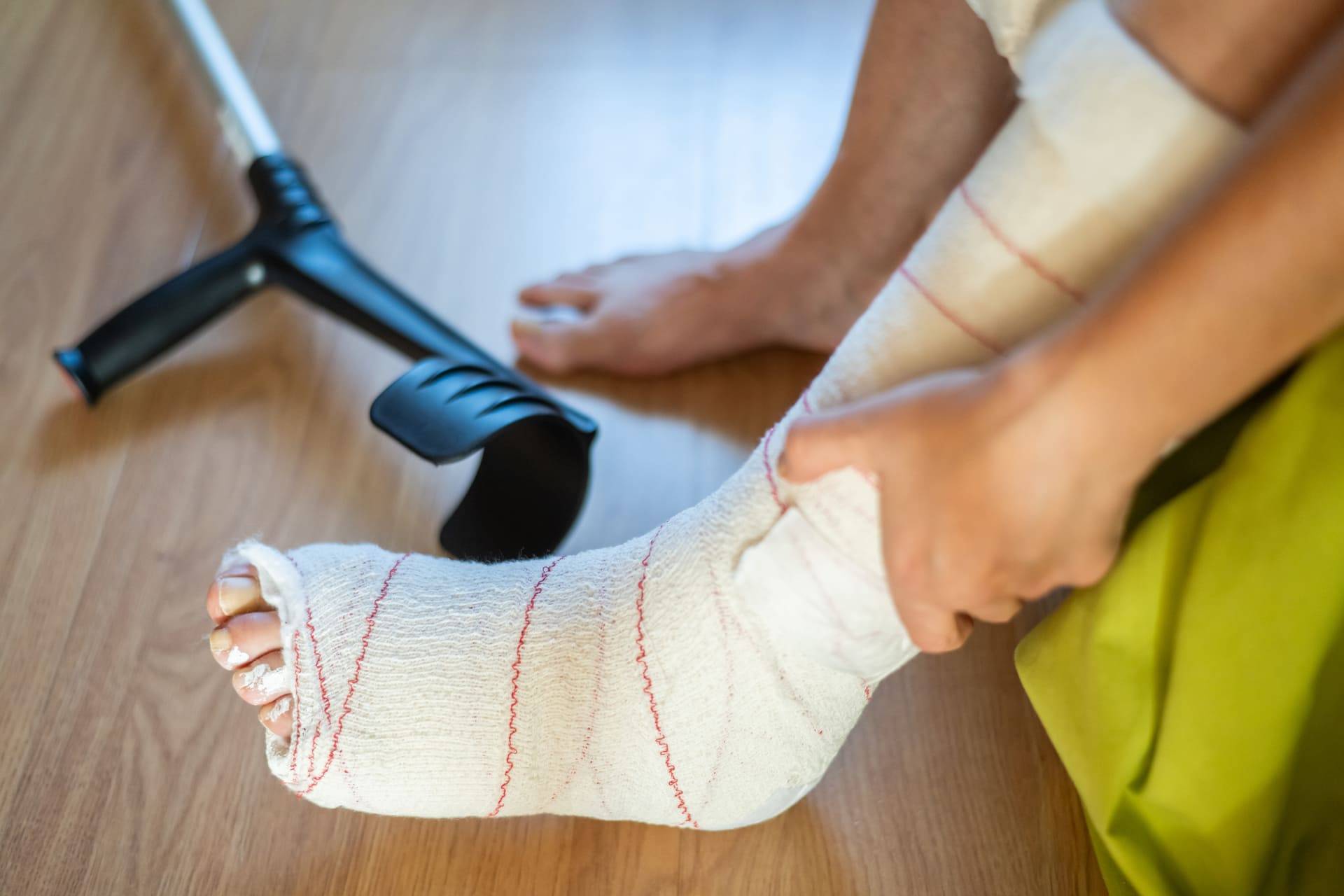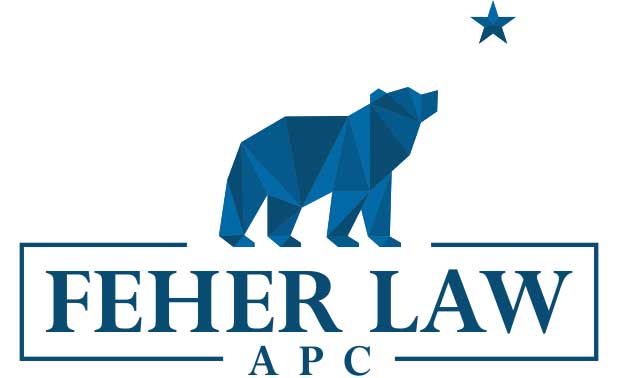Average Rear-End Collision Settlement in California

Settlements for moderate rear-end collisions in California average around $44,975, varying widely based on the severity of injuries—from minor soft-tissue injuries to severe disabling conditions, with payouts ranging from $2,500 to $5,750,000.
Since the amount of compensation can vary significantly, it’s not possible to benchmark your situation against an average, which is why it’s important to get in touch with our personal injury law firm for further guidance on what damages you can claim.
Some of our settlement examples
These are some of the most notable collision settlements we’ve managed to secure for our clients:
- $4,000,000: PTSD/concussion in Los Angeles
- $4,200,000: Back injury in Long Beach
- $2,500,000: Back injury & emotional injuries in Orange County
Come and find out how a San Bernardino car accident lawyer from our firm can further aid you in pursuing a rear-end collision settlement
Average settlement amounts by accident type
The overview below looks into typical compensation ranges for minor collisions, moderate accidents, and severe crashes, shedding light on the factors that impact financial outcomes in each case.
- Minor fender benders typically involve light vehicle damage and minor injuries, such as whiplash or soft tissue injuries. Settlement values for these cases usually range between $5,000 to $15,000. Factors influencing settlement include medical expenses, vehicle repair costs, and any associated inconvenience or pain.
- Moderate collisions result in more significant vehicle damage and injuries that may require medical treatment and recovery time. Settlements for moderate collisions generally fall between $15,000 to $30,000, depending on the severity of injuries, length of medical treatment, and impact on daily life and work.
- Severe crashes involve extensive vehicle damage and serious injuries, potentially leading to long-term disabilities, extensive medical treatments, and even fatalities. Settlement amounts for severe crashes can exceed $50,000, often covering substantial medical expenses, lost wages, pain and suffering, and future medical needs.
💡 Personal injury settlement amounts examples suggest that damages awarded for car accident injuries can differ greatly, depending on factors such as treatment length, prognosis, and the impact on daily life.
What is the average payout for a rear-end collision by severity type?
| Injury Severity | Settlement Range | Average Settlement | Common Injuries | Typical Recovery Time |
|---|---|---|---|---|
| No Injury | $2,500 – $7,500 | $3,200 | Property damage only | Immediate |
| Minor Injuries | $7,500 – $25,000 | $15,800 | Soft tissue, minor whiplash | 2-6 months |
| Moderate Injuries | $25,000 – $100,000 | $44,975 | Herniated discs, concussion | 6-18 months |
| Severe Injuries | $100,000 – $1,000,000+ | $285,000 | Spinal injuries, TBI | 18+ months |
| Catastrophic | $1,000,000 – $5,750,000+ | $2,400,000 | Permanent disability, paralysis | Lifetime |
Note: Individual cases may vary significantly based on specific circumstances.
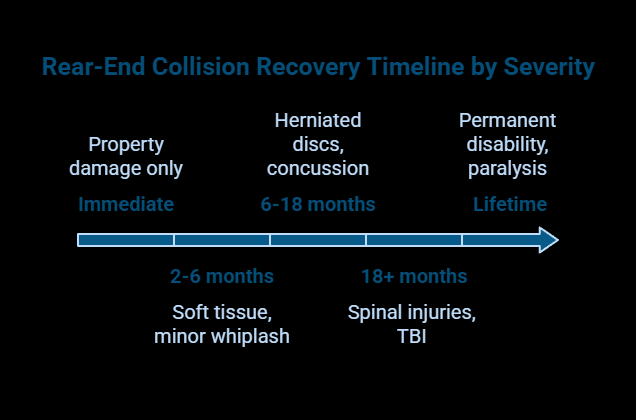
I got rear-ended: how much money will I get? hypothetical scenarios
These scenarios are based on our expert knowledge and typical situations we see.
Scenario 1: Minor freeway rear-end collision
A driver is rear-ended while stopped in traffic on Interstate 405 in Los Angeles. The impact causes minor vehicle damage and soft tissue injuries.
Case Details:
- Location: Los Angeles County
- Impact: Low-speed (under 15 mph)
- Vehicle damage: $4,200
- Time off work: 1 week
Settlement Breakdown:
- Medical expenses: $8,500
- Lost wages: $1,200
- Property damage: $4,200
- Pain and suffering: $12,000
- Total Settlement: $25,900
This type of case typically settles within 4-6 months without litigation.
Scenario 2: Moderate intersection rear-end collision
A driver is rear-ended by a distracted motorist while waiting to turn left at a busy Orange County intersection. The collision results in herniated discs requiring epidural injections.
Case Details:
- Location: Orange County
- Impact: Moderate-speed (25-35 mph)
- Injuries: Two herniated discs, chronic pain
- Treatment: Physical therapy, injections, MRI scans
Settlement Breakdown:
- Medical expenses: $45,000
- Lost wages: $18,000
- Property damage: $12,000
- Pain and suffering: $85,000
- Total Settlement: $160,000
Cases involving epidural injections typically see settlement multipliers of 2-3 times medical expenses.
Scenario 3: Severe highway rear-end collision
A commercial truck rear-ends a passenger vehicle on Highway 101 near San Francisco, causing multiple spinal fractures and requiring surgery.
Case Details:
- Location: San Francisco County
- Impact: High-speed (45+ mph)
- Injuries: Spinal fractures, requires fusion surgery
- Treatment: Emergency surgery, extensive rehabilitation
Settlement Breakdown:
- Medical expenses: $180,000
- Lost wages: $75,000
- Property damage: $25,000
- Pain and suffering: $450,000
- Future medical costs: $120,000
- Total Settlement: $850,000
Severe cases involving surgery often require expert medical testimony and can take 18-24 months to resolve.
Legal framework for rear-end accidents in California
Rear-end crashes are governed by specific laws and regulations in determining fault, influencing settlement negotiations, and shaping outcomes in legal proceedings.
- Fault Determination: California follows a strict liability approach in rear-end collisions, where the driver who rear-ends another vehicle is typically presumed to be at fault. This presumption arises from Vehicle Code section 21703, which mandates drivers to maintain a safe following distance and operate their vehicles in a manner that prevents collisions.
- Rebuttable Presumption: This presumption can be rebutted if the rear driver can provide evidence showing that the lead driver acted negligently or unexpectedly. For example, if the lead driver made an abrupt and unsignaled lane change, stopped suddenly without reason, or had brake lights that were not functioning, the rear driver might not be held fully at fault.
- Traffic Regulations: Additionally, CVC section 21800 covers the right-of-way rules at intersections, which can also play a role in rear-end collisions occurring at traffic signals or stop signs.
- Legal Precedents and Case Law: Legal precedents in California, such as Li v. Yellow Cab Co. (1975) that outlined the comparative negligence rule, provide guidance for both parties in settlement discussions and court proceedings. These precedents help establish the standard of care expected from drivers and the consequences of failing to adhere to traffic regulations.
The presumption of fault against the rear-ending driver typically strengthens the position of the injured party in seeking compensation for damages. This presumption encourages the rear driver’s insurance company to settle claims promptly to avoid litigation, which can be costly and time-consuming.
However, if the rear driver can present compelling evidence to rebut this presumption—such as proving the lead driver’s sudden and unsafe maneuver—the settlement may reflect a shared liability, reducing the rear driver’s financial responsibility.
Additional reading: how much can someone sue for a car accident
Key factors affecting settlement amounts
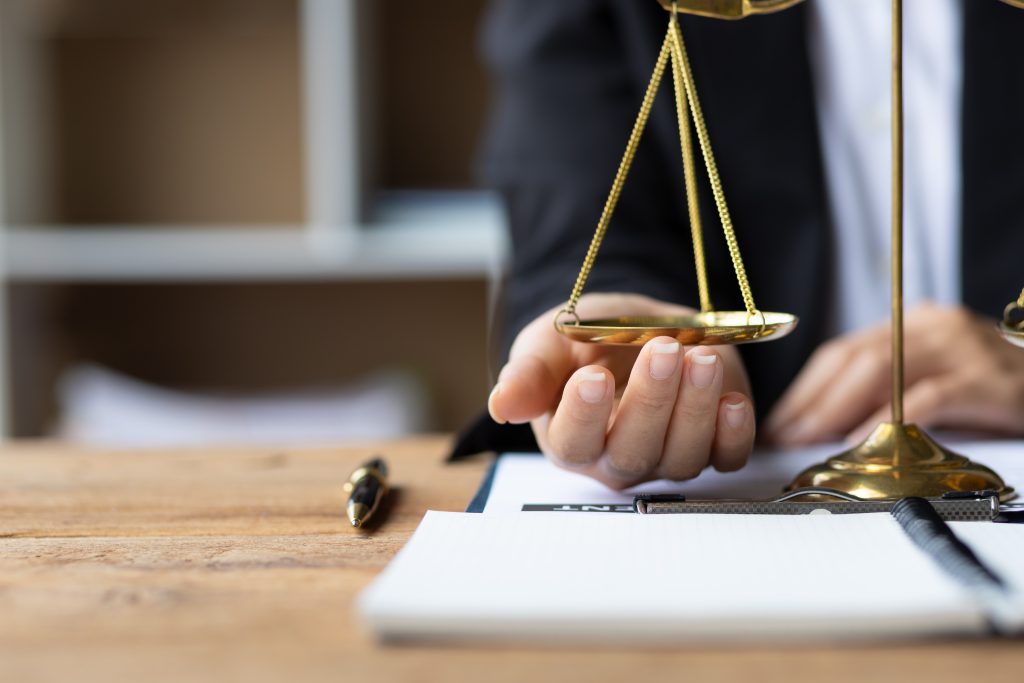
Final payouts in personal injury cases are influenced by various critical factors:
Severity of injuries
The severity of injuries like whiplash, back injuries, and concussions directly impacts settlements in rear-end collisions.
More severe injuries typically result in higher compensation due to increased medical expenses and longer recovery periods. For instance, a severe concussion or broken bones may require extensive medical treatment and rehabilitation, leading to higher settlement figures.
Additional reading: average settlement for car accident back and neck injury in California
Medical expenses
Settlement amounts consider both immediate and long-term medical costs, including surgeries, therapy, and medications required for recovery from rear-end collision injuries.
These expenses can add up quickly, especially if the injuries necessitate ongoing treatment or multiple procedures over time.
Lost wages
Compensation accounts for lost wages due to temporary or permanent inability to work, including future earning capacity if injuries affect career opportunities.
This factor is particularly important for individuals whose injuries prevent them from returning to their previous jobs or significantly impact their ability to earn a living.
Pain and suffering
Non-economic damages like pain and suffering are calculated based on the physical and emotional toll of injuries, influencing compensation. This includes not only the immediate pain from the injury but also the long-term emotional distress and lifestyle changes resulting from the accident.
Property damage
Where applicable, settlements include reimbursement for vehicle repair or replacement costs resulting from rear-end collisions. This aspect ensures that victims are not left out of pocket for the costs associated with getting their vehicle back to its pre-accident condition or purchasing a new one if the damage is extensive.
Fault and liability
Determining fault under California’s comparative negligence laws affects how settlement amounts are allocated between parties involved in rear-end collisions.
If both parties share some degree of fault, the settlement will be adjusted accordingly, potentially reducing the compensation awarded.
Comparative negligence
California’s comparative negligence laws reduce the payout based on the victim’s percentage of fault in rear-end collisions. If the victim is found partially responsible for the accident, their compensation will be proportionally reduced.
Legal representation
Having legal representation is vital for maximizing settlement amounts in rear-end collision cases by advocating for fair compensation.
Our experienced attorneys can help gather evidence, negotiate with insurance companies, and ensure that victims receive the full amount they are entitled to.
Additional reading: average settlement hit by drunk driver in California
For further guidance on your injury claim, get in touch with our Torrance car accident attorneys via a free consultation!
Types of damages in car accident settlements
These damages cover a range of losses, from financial costs to emotional impacts, and even punitive measures in certain cases.
- Economic Damages: Cover quantifiable losses such as medical bills and lost wages, ensuring victims are reimbursed for out-of-pocket expenses and financial setbacks due to injury.
- Non-Economic Damages: Compensation for intangible harms like pain, suffering, and emotional distress that impact quality of life and mental well-being falls under this category.
- Punitive Damages: Awarded to punish the at-fault party for gross negligence or intentional misconduct leading to the rear-end collision, these damages aim to deter similar behavior in the future and are typically sought in addition to compensatory damages.
Additional reading: average motorcycle accident settlement in California
Wondering What Your Car Accident Case Could Be Worth?
Our car accident settlement calculator allows you to estimate your potential compensation by entering details like medical bills, property damage, lost wages, and a pain and suffering multiplier. Just input your damages to get an instant estimate of your claim’s value.
Disclaimer: The results generated by this car accident settlement calculator are for informational purposes only. They are not legal advice or a substitute for professional evaluation. This tool offers a general estimate and does not reflect the unique details of your case, such as specific laws, liability factors, or additional specifics.
Selected Value: 0%
How comparative negligence affects a car accident hit from behind settlement
California’s pure comparative negligence system reduces your settlement by your fault percentage:
| Your Fault % | Original Settlement | Your Recovery | Example Scenario |
|---|---|---|---|
| 0% | $50,000 | $50,000 | Rear-ended while stopped |
| 10% | $50,000 | $45,000 | Sudden lane change with signal |
| 25% | $50,000 | $37,500 | Brake lights not working |
| 50% | $50,000 | $25,000 | Mutual combat driving |
| 75% | $50,000 | $12,500 | Sudden stop without reason |
| 90% | $50,000 | $5,000 | Backing into traffic |
Even if you’re 99% at fault, you can still recover 1% of damages under California’s pure comparative negligence system.
Rear-end accident statistics in the Golden State
According to the Insurance Information Institute, rear-end accidents constituted nearly 7% of all fatal car accidents nationwide in 2021.
Specifically in California, data from the California Highway Patrol (CHP) revealed that rear-end accidents resulted in nearly 42,000 injuries and deaths in 2019 alone.
These statistics show the prevalence and seriousness of rear-end collisions in the state, emphasizing the need for effective traffic safety measures and vigilant driving practices to reduce such incidents.
What to do immediately after being rear-ended
Experiencing a rear-end collision can be disorienting, but taking immediate steps to ensure your safety and protect your legal rights is paramount. Here’s a step-by-step guide on what to do after being rear-ended:
- Stay Calm and Assess Safety: Take a deep breath and remain calm. Check yourself and your passengers for injuries. If possible, move your vehicle to a safe location away from traffic to avoid further collisions.
- Call Emergency Services: Dial 911 to report the accident, especially if there are injuries or significant damage. Request medical assistance if anyone is injured.
- Exchange Information: Exchange contact and insurance information with the other driver(s) involved. Include names, phone numbers, addresses, insurance policy numbers, and vehicle registration details.
- Document the Scene: Take photos of the accident scene, including vehicle damage, road conditions, and any visible injuries. This documentation can be valuable for insurance claims and legal purposes.
- Gather Witness Information: Their statements may support your version of events if needed.
- Notify Your Insurance Company: Provide accurate details of the accident and cooperate with their investigation.
- Seek Medical Evaluation: Even if you feel okay initially, consider seeking medical evaluation. Some injuries, like whiplash, may not be immediately apparent but can develop symptoms later.
- Keep Records: Maintain a record of all medical treatments, expenses, and communication related to the accident. This documentation helps support your insurance claim and any potential legal action.
- Consult with a Personal Injury Attorney: If you sustained injuries or significant vehicle damage, consider consulting with an attorney. We can provide legal advice, negotiate with insurance companies on your behalf, and help pursue compensation for your losses.
- Stay Informed and Follow Up: Stay informed about your rights and responsibilities following the accident. Follow up with your insurance company, healthcare providers, and legal counsel as needed to ensure your interests are protected.
Common settlement negotiation mistakes
We’ve seen these mistakes cost California accident victims thousands of dollars in potential compensation:
- Mistake #1: Accepting the First Offer – Insurance companies typically offer 10-20% of fair value initially.
- Mistake #2: Failing to Document Daily Impact – Keep a pain journal documenting how injuries affect your daily activities. Cases with detailed journals could settle for 25% more.
- Mistake #3: Returning to Work Too Soon – Returning before medical clearance can reduce settlement value by. Insurance companies argue you weren’t truly injured.
- Mistake #4: Not Seeking Immediate Medical Attention – Delaying medical care by even 24 hours can reduce settlement value. Insurance companies claim injuries weren’t serious.
- Mistake #5: Providing Recorded Statements – Recorded statements to insurance companies are used against you. Decline politely and refer them to your attorney.
- Mistake #6: Settling Before Maximum Medical Improvement – Settling before understanding your full recovery can cost you future medical expenses. Wait until your doctor confirms you’ve reached maximum medical improvement.
- Mistake #7: Not Understanding Policy Limits – ⚖️ California’s minimum liability coverage is only $15,000 per person. If the at-fault driver has minimum coverage, you may need to file an underinsured motorist claim with your own insurance.
When to accept a settlement offer
Consider these key factors to guide your decision-making process:
- Evaluate the Fairness of the Offer in relation to your injuries, medical expenses, lost wages, and other damages incurred due to the accident.
- Consider Long-Term Impacts: Ensure it accounts for future medical needs, potential complications from injuries, and any lasting impact on your quality of life or ability to work.
You should only accept the potential settlement if you feel it fully compensates for all your current and future expenses. If you are satisfied that the offer meets these criteria, it may be the right time to accept.
However, if you are still uncertain about the adequacy of the offer or feel that it does not fully address your needs, consider the following tips to negotiate a better settlement:
- Gather and present additional evidence supporting your claim, such as medical records, bills, and documentation of damages.
- Emphasize strong aspects of your case, such as liability clearly resting with the other party, severe injuries, or significant economic losses.
- Set realistic expectations for negotiation while firmly advocating for fair compensation. Understand the strengths and weaknesses of your case to negotiate effectively.
- Promptly respond to settlement offers and communication from insurance adjusters or opposing parties. Delays could prolong the negotiation process or affect the final settlement amount.
- If negotiations stall, consider mediation as an alternative dispute resolution method. A neutral mediator can facilitate discussions and help both parties reach a mutually acceptable settlement.
If, after following these tips, you are still unable to reach a satisfactory settlement, it may be time to consider legal action.
Timeline and process expectations for a rear-end collision in Cali
These aren’t exact timelines, and vary from case to case, but they give you an idea of what to expect:
| Phase | Duration | Key Activities | Your Role |
|---|---|---|---|
| Initial Investigation | 2-4 weeks | Police reports, medical records gathering | Attend medical appointments |
| Medical Treatment | 3-12 months | Ongoing treatment until MMI | Follow treatment plans |
| Demand Package | 2-3 weeks | Prepare comprehensive demand letter | Provide documentation |
| Initial Negotiations | 4-8 weeks | Exchange of offers and counteroffers | Review offers with attorney |
| Final Settlement | 1-2 weeks | Agreement execution and documentation | Sign settlement documents |
| Total Timeline | 6-18 months | Average: 11 months | Stay engaged throughout |
Complex cases involving surgery or disputed liability may take 18-24 months to resolve.
How to file a lawsuit in California
Filing a lawsuit after a rear-end collision in California involves straightforward steps to ensure you pursue fair compensation effectively:
- Initiating Legal Action: Seek guidance from a lawyer specializing in rear-end collisions, like our team here at Feher Law. We will evaluate your case, discuss legal options, and handle the complexities of litigation. Your attorney will prepare and file a complaint (lawsuit) in the appropriate California court, detailing your claims against the defendant(s).
- Identify Potential Defendants: Determine who to sue, typically the driver who rear-ended your vehicle or their employer if they were working at the time of the accident.
- When to Consider a Lawsuit: File a lawsuit if insurance negotiations fail to adequately cover your losses or if liability is disputed, and the offered settlement does not meet your needs.
- What Happens During Litigation: Exchange information and evidence through discovery, which may include depositions and document exchanges. Your attorney will negotiate with the defendant’s insurance company for a fair settlement based on your damages and the evidence presented.
- Prepare For Trial: If a settlement is not reached, prepare for trial by gathering witnesses, experts, and evidence to support your case. Next, you will present your case in court before a judge or jury, who will decide on liability and award damages based on the evidence.
Although the above steps sound daunting, your assigned attorney will do the hard legal work on your behalf so all you have to do is recover from your injuries sustained in the car crash.
Contact us for expert legal advice on rear-end settlements in California
Our experienced car accident lawyers specialize in personal injury cases, offering personalized guidance to maximize your settlement. Whether you’re negotiating with insurers or considering litigation, we’re here to advocate for your best interests.
Contact Feher Law today for a free consultation and expert assistance with your rear-end collision case.

FAQs
Who is usually at fault in a rear-end collision?
Determining fault in a rear-end collision follows the principle that the driver who rear-ends another vehicle is presumed responsible. This presumption stems from traffic laws mandating drivers to maintain a safe following distance and be prepared to stop safely. Insurance principles reinforce this.
Additional reading: who is at fault in a rear end collision
What happens if you get rear-ended without insurance in California?
If you're rear-ended without insurance in California, you could encounter legal repercussions and challenges in pursuing compensation for damages. Consulting with a car accident attorney will help you to understand your rights, navigate legal complexities, and explore options for seeking recovery and resolving the situation effectively.
How are personal injury settlements calculated in California?
Personal injury settlements in California car accident cases factor in medical expenses, lost wages, pain and suffering, and other damages caused by the accident. The amount varies based on the severity of injuries and their impact on the victim's life, often requiring negotiation with insurance companies or through legal proceedings.
How long do I have to file a lawsuit in California?
The California statute of limitations for personal injury claims is two years from the date of the accident. However, we recommend consulting with an attorney within the first few months to preserve evidence and protect your rights.
Can I still recover if the other driver was uninsured?
Yes, through your uninsured motorist coverage if you have it. California doesn't require uninsured motorist coverage, but we highly recommend it. If you don't have this coverage, you may need to sue the at-fault driver personally.
What if I was in a company vehicle when rear-ended?
Your employer's workers' compensation insurance may cover medical expenses, but you can still pursue a personal injury claim against the at-fault driver for additional damages like pain and suffering.
How do pre-existing injuries affect my settlement?
Pre-existing conditions don't bar recovery, but they may reduce your settlement. California follows the "eggshell plaintiff" rule - defendants take victims as they find them. However, you can only recover for the aggravation of pre-existing conditions.
What if the accident happened in a parking lot?
Parking lot accidents are governed by different rules than roadway accidents. Fault determination can be more complex, and settlements may be lower due to typically slower speeds. However, significant injuries can still result in substantial settlements.
Related Posts
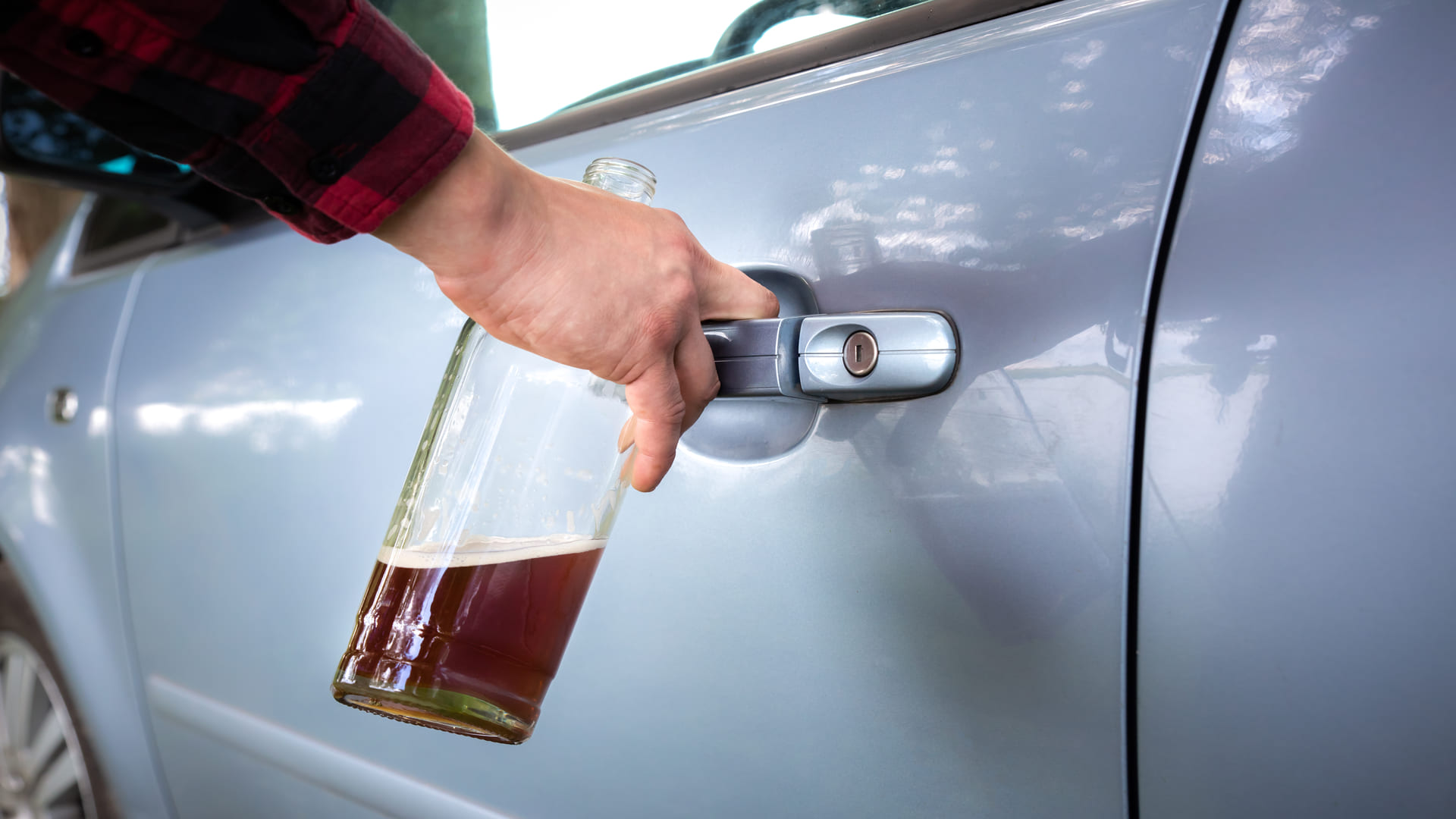
DUI Accident Settlement Calculator in California

Woman Killed in Long Beach Crosswalk Crash

Miriam Marroquin Killed in Boyle Heights Car Crash

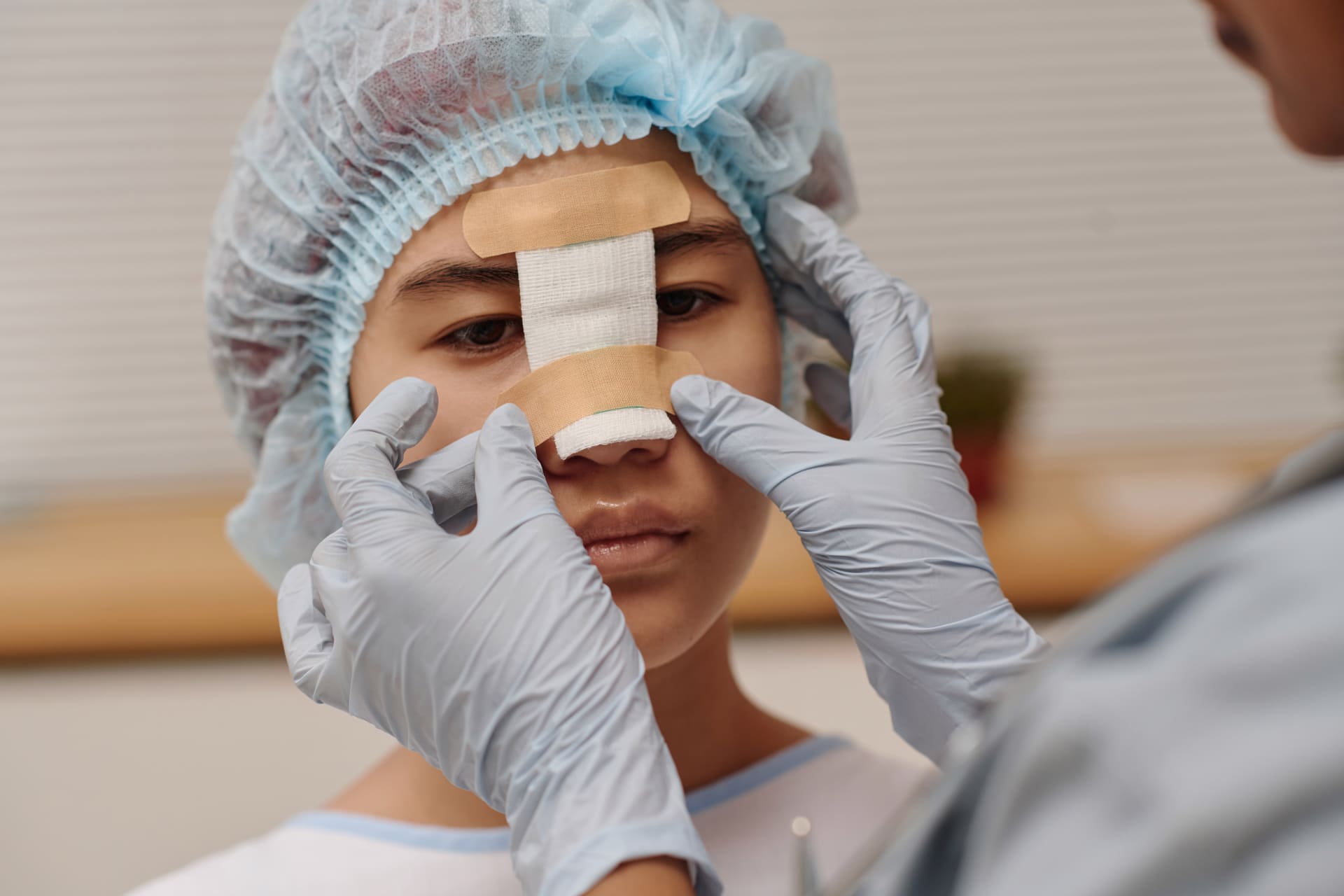
Facial Scarring Compensation Calculator in California
